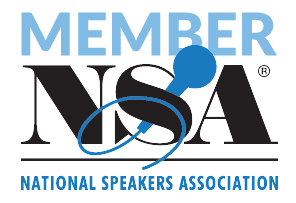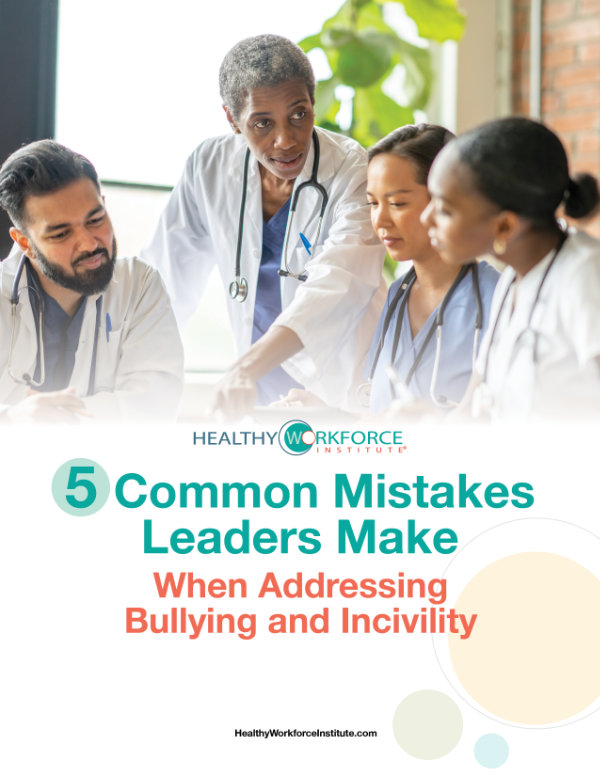 For the past three years we have been working exclusively with healthcare leaders to avoid burnout, advance in the face of adversity, and live thriving personal and professional lives. While burnout has been an issue in healthcare for decades, the pandemic has escalated burnout both in practice and academic settings. Overcoming leadership burnout is a priority in today’s complex healthcare world. After all, leaders have important work to do and need to be their best selves at work AND at home.
For the past three years we have been working exclusively with healthcare leaders to avoid burnout, advance in the face of adversity, and live thriving personal and professional lives. While burnout has been an issue in healthcare for decades, the pandemic has escalated burnout both in practice and academic settings. Overcoming leadership burnout is a priority in today’s complex healthcare world. After all, leaders have important work to do and need to be their best selves at work AND at home.
Hello, we are guest blogging for our friend and colleague, Dr Renee Thompson. We are Dr Tracy Christopherson and Michelle Troseth, co-founders of MissingLogic®.
Like Renee, we are committed to creating healthy work cultures so care providers can provide the best care possible, and patients can receive the best care possible.
How do you define burnout?
According to the National Academy of Medicine (NAM), burnout is marked by emotional exhaustion, depersonalization, and a diminished sense of accomplishment at work. It results from “mounting system pressures” and a “chronic imbalance” between job demands and resources.
Leadership burnout refers to those in leadership roles experiencing excessive work demands and competing priorities, leading to an overemphasis on work at the expense of their personal lives. This imbalance can strain relationships, harm health, and cause feelings of guilt for prioritizing work over family and friends.
How bad is burnout post pandemic?
- The struggle is real, and you are not alone. Even before COVID-19, the National Academy of Medicine found that burnout had reached “crisis levels” among the U.S. health workforce, with a 35-54% of nurses and physicians reporting symptoms. While most attention has been on frontline staff’s well-being during the pandemic, little has focused on leaders, from frontline managers to the C-Suite. Emerging research now reveals the pandemic’s detrimental impact on these critical organizational figures.
- The American Organization of Nurse Leaders (AONL) conducted an AONL COVID-19 Longitudinal Study that revealed the emotional health of nurse leaders is declining, with 25% of nurse leaders reporting being emotionally unhealthy. It also reported an increase of 123% of intent to leave within six months.
- HealthLeaders Exchange Research conducted a study to understand the lived experiences of chief nurse executives (CNEs) during the pandemic. The study found that 75% of hospital and 64% of health system based CNEs are “stressed, dissatisfied or intend to leave their role”.
The CNEs top three challenges were:
- Staffing
- Burnout
- Turnover
As challenges from the pandemic persist, it’s clear that burnout affects not just frontline clinicians but also healthcare leaders. These leaders are vital to the healthcare system, and if they aren’t well, frontline clinicians may face a higher risk of burnout.
Dual Approaches to overcoming leadership burnout
The NAM report underscores the need for both systemic and individual approaches to combat burnout. Relying solely on an individual approach hasn’t yielded significant positive results over the years. However, choosing an either/or approach will lead to failure. This crisis demands a both/and approach to effectively eliminate burnout in healthcare.
Since you can’t control systemic changes, it’s advisable to focus on what you can control. One effective way for individuals to prevent or overcome burnout is by achieving a better work-life balance.
Here are some strategies that leaders can begin to apply to overcome leadership burnout and gain more work life balance for themselves:
-
Shift your thinking about what work life balance looks like.
Many leaders view work-life balance as equal prioritization between work and personal life, often aiming for a 50/50 balance. However, life’s dynamic nature makes this 50/50 balance rare. Instead, a more effective approach is to cultivate a dynamic balance, fostering a fluid, interdependent relationship between work and home.
-
Create a strategy so you have a proactive approach to work life balance.
Creating a written plan or strategy helps to prevent the mounting pressure you feel and the constant shifting of your attention back and forth trying to relieve the tension between the demands of work and of home. Dealing with work life balance “in the moment” only leads to increasing stress and frustration from being imbalanced. When you have a strategy that you apply daily, you can avoid stress and guilt, experience less tension, and focus your energy on the things that matter most.
-
Keep your attention on the life you want to live and enjoy.
Leading and living in challenging circumstances can lead to a focus on problems and external challenges. Remember, what you focus on tends to multiply. If you dwell on problems, it’s easy to slip into a victim mentality that hinders progress. Instead, shift your focus inward, towards your desired outcomes. Take responsibility for shaping your reality, become the hero of your story, and establish work-life balance.
Leadership burnout is a serious problem with harmful consequences for individuals, teams, and organizations. Overcoming leadership burnout and achieving work-life balance is crucial. Many leaders have tried unsuccessfully for years but can succeed by avoiding three key mistakes. Discover how to avoid these mistakes and explore more strategies by downloading our perspective paper on “The 3 Biggest Mistakes Healthcare Leaders Make When Trying to Achieve Work Life Balance.”
Coming Soon! Christopherson, T. & Troseth, M. (in press). Polarity Intelligence: The Missing Logic in Leadership. Morgan James Publishing, New York, NY. (Release date: January 16, 2024)












